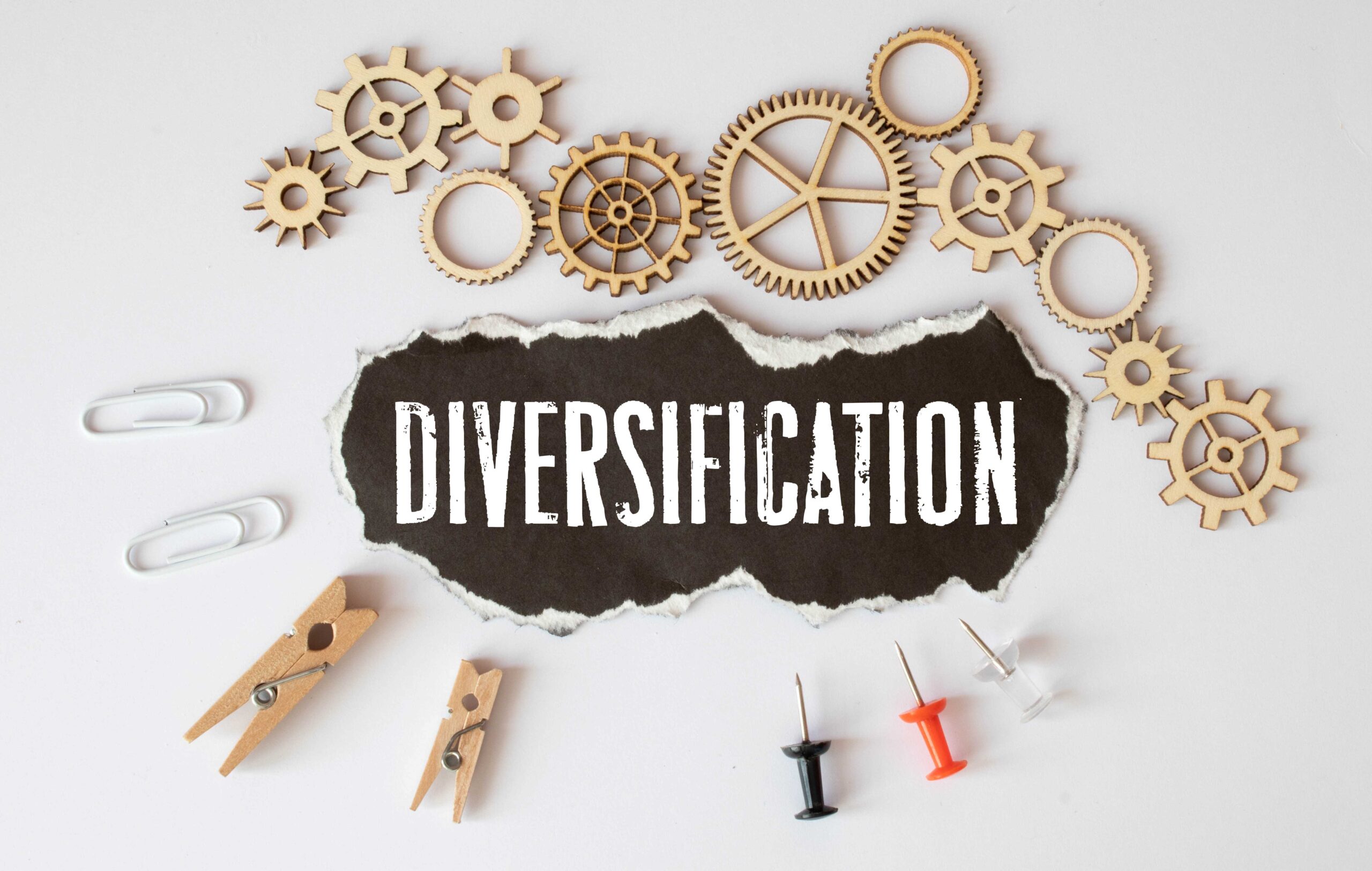
Perhaps the single most important factor that determines the success of a chosen investment strategy is how risk and reward are balanced. Naturally, investors are always keen to maximise returns where possible, but it is important to bear in mind the level of risk that is being taken in trying to achieve an investment goal.
One of the key building blocks of any successful portfolio strategy, and an effective way of reducing portfolio risk, is to add different types of investments and blend them together, so that a diversified portfolio is created. Holding a diversified portfolio can help reduce risk, as different asset types tend to behave differently. This can help smooth returns in periods when markets are volatile, and avoid being over-exposed to one particular investment.
Diversification can be achieved in a number of ways, and a good starting point is to consider the allocation given to each different type of asset in the portfolio. Whilst many people will hold shares in their portfolio, adding government bonds, property, alternative investments and cash to the mix will help diversify returns, as each of these asset classes reacts differently to changes in the economic landscape.
Look further afield for returns
Whilst investing in different asset classes can lay the foundations, further diversification can be achieved by broadening your horizons to consider global investments. We see far too many portfolios managed by other fund managers, or by individuals who self-select investments, that are heavily weighted towards UK shares. Whilst the FTSE100 index of leading shares can, perhaps, be viewed as a global index (as company profits are often derived globally) many mid-sized and smaller UK companies have a domestic focus, and therefore the fortunes of the UK economy will have a direct bearing on performance. Holding a UK focused portfolio, for example, may well have led to consistent underperformance when compared to global markets between 2016 and 2021. Only holding UK assets can also mean that is it difficult to gain exposure to specific sectors, such as Technology.
This concentrated risk can be mitigated by investing in other areas of the World. Allocating funds to other areas, such as the US, Europe, Far East and Emerging Markets can seek out investment opportunities in different geographic regions. This can reduce risk, as it is often the case that the economic prospects of developed and emerging nations can look very different at a particular point in time.
Stock specific risk
Holding individual shares also introduces additional risk, as specific factors affecting the company or companies in which you hold shares could have a significant impact on investment returns. This can effectively be reduced by investing in a collective investment fund, such as a Unit Trust. These investments hold a range of positions, so instead of investing in one, or a handful of companies, you gain exposure to a much wider range of companies across different sectors of the economy. This won’t prevent the portfolio rising and falling in value, but does limit the potential negative impact of poor performance of an individual stock on the overall performance of the portfolio.
Concentrating investments in one particular sector of the economy can also introduce risk, as difficulties faced by one company can often spread across similar companies. Take general retailers for example. If high street spending falls, due to economic contraction, then this is likely to affect most major retail stocks. In this scenario, holding a portfolio of retail shares is not going to provide adequate diversification, as the price of all shares in the sector may be adversely affected at the same time.
Review and rebalance
Whilst portfolio diversification is a proven investment theory, it does not remove the need to consider the investment strategy adopted regularly, to ensure that the investments held continue to meet your needs and objectives, and remain appropriate given the prevailing economic and market conditions. This was more true than ever last year, when the mix of high inflation and rapid interest rate hikes caused risk assets to move in a similar direction at the same time. This underlines the importance of tailoring the portfolio approach to fit the prevailing and expected conditions.
Keeping a portfolio under regular review is just as crucial as the initial construction phase and this is where an ongoing review service offered by an independent financial planner can add value, by making changes where appropriate to position the portfolio for the expected conditions. At FAS, our ongoing advice service offers a comprehensive and robust financial review at regular intervals, and part of this review looks to ensure that adequate diversification is maintained. Part of this review may lead to a rebalancing exercise, where portfolio allocations are adjusted so that the desired asset allocation is restored.
If you hold an investment portfolio that has not been regularly reviewed or wish to invest capital using an actively managed and conviction-based investment approach, then speak to one of our experienced advisers. We can provide an independent assessment of existing investment portfolios and offer tailored investment solutions on an advisory and discretionary basis.
If you would like to discuss the above in more detail, please speak to one of our Financial Planners here.
Tax treatment varies according to individual circumstances and is subject to change. The value of your investment and any income from it can go down as well as up and you may not get back the full amount you invested, even taking into account the tax benefits. Past performance is not a reliable indicator of future performance. Investing in shares should be regarded as a long-term investment and should fit in with your overall attitude to risk and financial circumstances. Investors do not pay any personal tax on income or gains, but ISAs may pay unrecoverable tax on income from stocks and shares received by the ISA managers. Stocks and Shares ISAs invest in corporate bonds, stocks and shares and other assets that fluctuate in value. The Financial Conduct Authority does not regulate tax advice.












